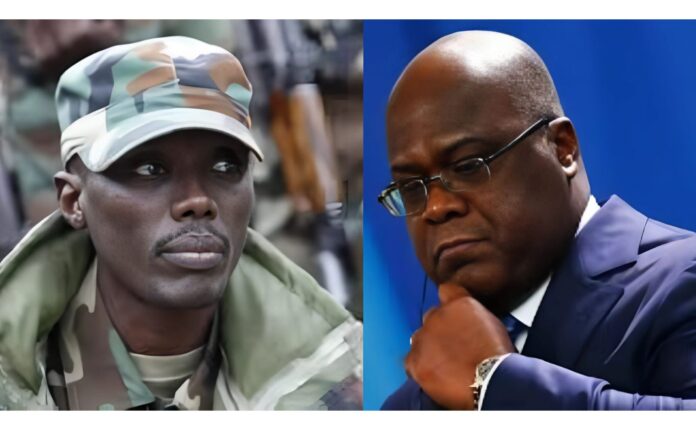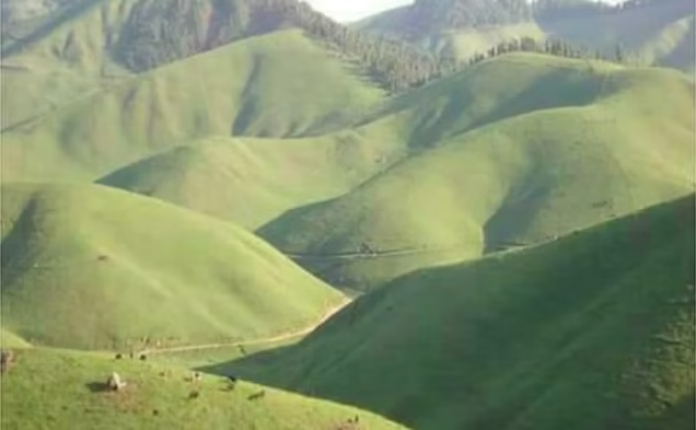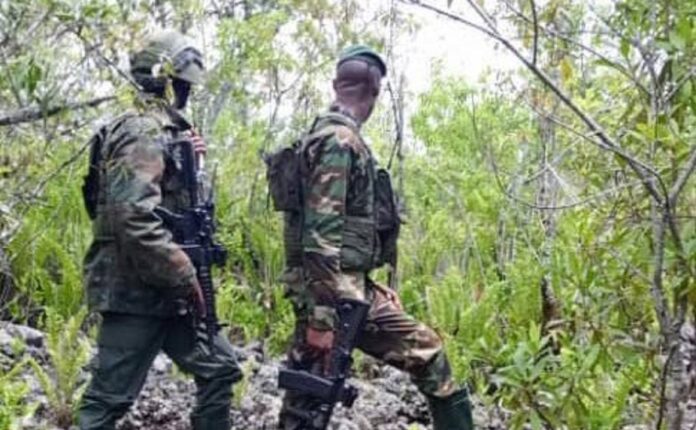This week, another contingent of troops from the Southern African Development Community (SADC) began their phased withdrawal from eastern Democratic Republic of Congo (DRC), transiting through Rwanda. The exit, part of the conclusion of the SADC Mission in the DRC (SAMIDRC), is expected to be completed by the end of June.
Note: Company, Blog, Church websites are free.
The SAMIDRC deployment was initiated in late 2023 to support Congolese efforts to contain escalating insecurity in the eastern provinces, particularly in North Kivu. The region has long been the epicentre of armed conflict, with the M23 movement group regaining territory and influence over the past two years.
The decision to pull out SADC forces follows months of shifting military realities and growing questions over the mission’s coordination, mandate, and impact. While the DRC government initially welcomed the regional support, collaboration between SAMIDRC troops and the Congolese national army (FARDC) has been fraught with operational and political challenges.
Notably, the use of Rwanda as a transit corridor for withdrawing SADC forces adds diplomatic tension. Kinshasa accuses Kigali of backing the M23 movement, a claim Rwanda continues to deny. Despite these allegations, Rwanda’s logistical cooperation in facilitating troop withdrawal signals a level of practical engagement amid broader hostilities.
The withdrawal comes at a time when the M23 remains entrenched in key areas of North Kivu, including border zones and strategic roadways. Despite repeated regional calls for a ceasefire and political negotiations, armed confrontations between M23 and FARDC forces have intensified, displacing thousands of civilians and worsening an already dire humanitarian crisis.
The exit of regional troops raises concerns about a security vacuum. Historically, similar drawdowns, such as the gradual withdrawal of the UN peacekeeping force MONUSCO, have been followed by renewed violence and a deterioration of state authority in affected areas.
With both SADC and MONUSCO gradually pulling back, the burden of maintaining security will fall increasingly on the Congolese state. Yet, FARDC remains stretched, and the absence of robust international support could embolden armed groups operating in the area.
Diplomatic pressure continues to mount on all sides. Regional bodies such as the African Union and East African Community advocate for dialogue and de-escalation. However, without meaningful political engagement and trust-building between DRC, Rwanda, and other stakeholders, sustainable peace in the eastern DRC remains elusive.
The withdrawal of SADC troops marks a turning point, not just for Congolese security, but for the regional approach to one of Africa’s longest-running conflicts. Whether this moment leads to deeper instability or renewed political will depends largely on the choices regional leaders make in the weeks ahead.
For civilians in North Kivu and beyond, the question remains painfully urgent: who will protect them when the peacekeepers leave?



